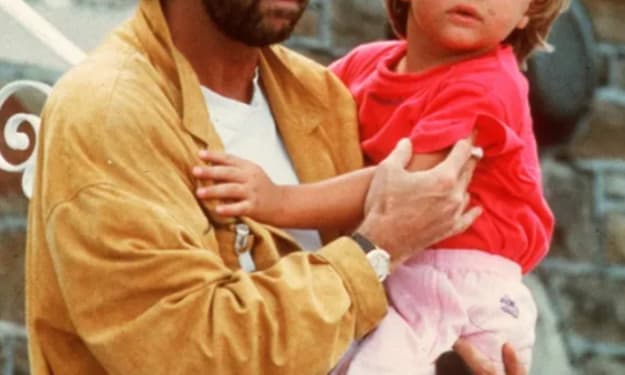WHY WERE THE ANCIENT EGYPTIANS OBSESSED WITH CATS
THE REASON WHY THE EGYPTIANS LOVE AND ADORE CATS SO MUCH
WHY WERE ANCIENT EGYPTIANS OBSESSED WITH CATS
The ancient Egyptians are famed for their fondness of all things feline. There's no shortage of cat-themed artifacts — from larger-than-life statues to intricate jewellery — that have survived the millennia since the pharaohs ruled the Nile. The ancient Egyptians mummified countless cats, and even created the world's first known pet cemetery, a nearly 2,000-year-old burial ground that largely holds cats wearing remarkable iron and beaded collars.
But why did cats have such high esteem in ancient Egypt? Why, according to the ancient Greek historian Herodotus, would Egyptians shave their brows as a sign of respect after losing a family cat? According to a 2018 exhibition on the importance of cats in ancient Egypt at the Smithsonian National Museum of Asian Art in Washington, D.C., much of this veneration stems from the ancient Egyptian belief that their gods and rulers possessed catlike traits. Cats, in particular, were thought to have a dual set of desirable temperaments: they can be protective, loyal, and nurturing, but they can also be pugnacious, independent, and violent.
To the ancient Egyptians, this made cats seem like special creatures worthy of attention, and that might explain why they built feline-esque statues. The Great Sphinx of Giza, a 240-foot-long (73 meters) monument that has the face of a man and the body of a lion, is perhaps the most famous example of such a monument, although in truth, historians aren’t exactly sure why the Egyptians went to the trouble of carving the sphinx. Likewise, the powerful goddess, Sakhmet (also spelled Sekhmet), was depicted as having the head of a lion on the body of a woman. She was known as a protective deity, particularly during moments of transition, including dawn and dusk. Another goddess, Bastet, was often represented as a lion or a cat, and the ancient Egyptians believed that cats sacred to her.
Cats were probably also loved for their ability to hunt mice and snakes. According to University College London, the ancient Egyptians admired felines and named or nicknamed their offspring after them, including girls with the name "Mitt" (which means cat). It's unclear when domesticated cats first appeared in Egypt, but archaeologists have discovered cat and kitten burials dating back as far as 3800 B.C., Live Science previously reported.
Much study has shown, however, that this fixation was not always gentle and doting, and there is evidence of a darker side to the ancient Egyptians' feline fascination. Between around 700 B.C. and A.D. 300, there were most likely huge companies dedicated to producing millions of cats to be slaughtered and mummified so that people might be buried with them. In a study published last year in the journal Scientific Reports, scientists performed X-ray micro CT scanning on mummified animals, including a cat. This allowed them to examine its skeletal structure and the materials utilised in the mummification process.
Researchers discovered a young cat that was much smaller than expected when they scanned its mummy. About 50% of the mummy was made up of wrapping, and the researchers discovered it was young when it died, less than 5 months old, when its neck was deliberately broken. The practice of sacrificing cats was not rare, as they were often reared for this purpose, with farms dedicated to selling cats. The discovery highlights the importance of understanding the history of cat sacrifices.
Ancient Egyptians revered various animals, including dogs for their protection and hunting abilities, but cats were considered the most special. They believed cats were magical creatures that brought good luck to their owners. Wealthy families dressed cats in jewels and fed them royal treats. When cats died, they were mummified, and their owners shaved off their eyebrows as a sign of mourning. Art from ancient Egypt features statues and paintings of various felines, and those who killed them were sentenced to death. Egyptian mythology also revealed that gods and goddesses had the power to transform into different animals, with the goddess Bastet having the power to become a cat. A beautiful temple in Per-Bast attracted visitors from around the world.
About the Creator
Enjoyed the story? Support the Creator.
Subscribe for free to receive all their stories in your feed.






Comments
There are no comments for this story
Be the first to respond and start the conversation.